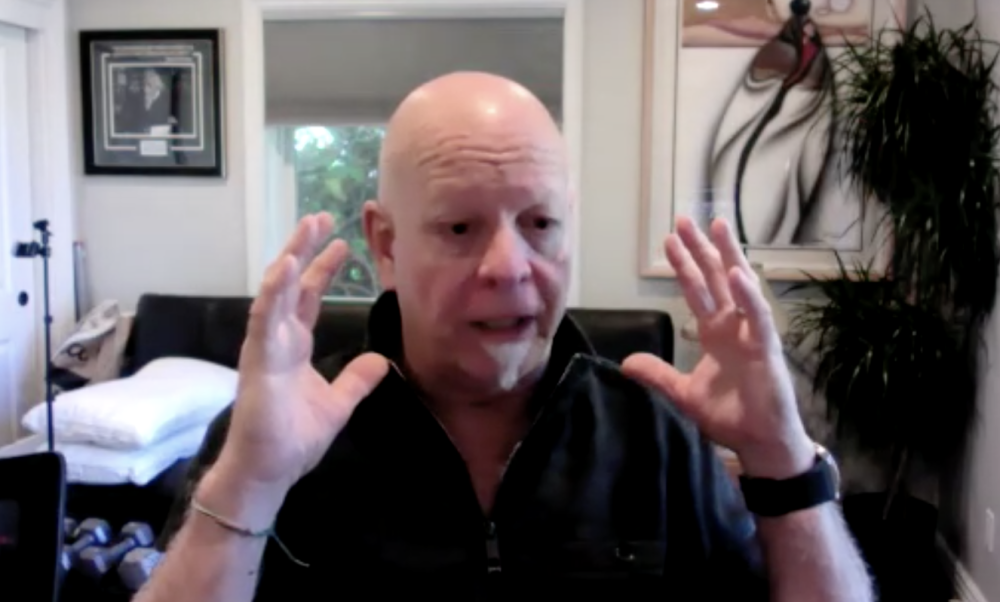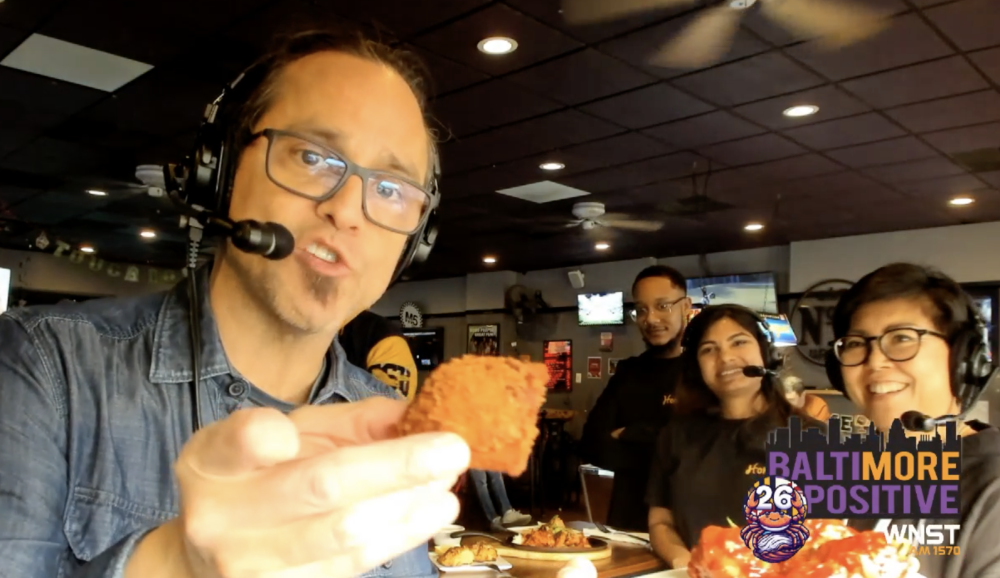It hasn’t been a very good start to the 2021 season for the Orioles.
Sure, the season-opening sweep in Boston was fun and a 5-6 record is far from an embarrassing start, but tracking the progress of those individuals with a chance to impact the future is the most constructive way to consume another season in the midst of a long rebuild. Small as the sample size might be, a glimpse through that lens hasn’t been pretty, which is more deflating than the six losses over the last eight games.
Trey Mancini, Anthony Santander, and Ryan Mountcastle — the projected heart of the order on which this offense depends — all entered Wednesday sporting on-base plus slugging percentages of .663 or worse. Again, nothing over which to panic, but it’s underwhelming nonetheless.
John Means, Bruce Zimmermann, and Tanner Scott have pitched well, but Keegan Akin didn’t even make the club out of spring training and Dean Kremer could be joining him at the alternate site in Bowie in the near future if he doesn’t quickly improve upon his 10.50 ERA through two starts. Both the starting rotation and bullpen appear painfully incomplete, which isn’t exactly a surprise.
And, yes, Austin Hays and Hunter Harvey are sidelined with injuries again.
Combining that with the many young prospects still waiting to play real minor-league games for the first time since the end of 2019 leaves one in a suboptimal place with 5 1/2 months of baseball season to go. You can understand even the most ardent fan feeling this way about a club that’s won just a third of its games since the start of 2018. This season will be another grind, which is why the notion of rebuilding isn’t for the faint of heart or for those expecting instant gratification.
Worst of all, it isn’t even guaranteed to work.
But there has been a bright spot — the brightest spot — that illustrates the ups and downs of a rebuild and maintaining the proper perspective. Development is rarely linear as many young players experience peaks and valleys in the quest to become legitimate major leaguers. We’ve seen that up close with center fielder Cedric Mullins, who entered Wednesday ranking first in the majors in hits and in the top 10 in batting average, on-base percentage, extra-base hits, runs created, and wins above replacement.
He’s been the Orioles’ best player by a wide margin.
It’s difficult envisioning a more volatile on-field path that began in 2018 when Mullins was anointed the heir apparent to Adam Jones, who shifted to right field in August of his final season with the Orioles and even mentored the young prospect. Then 23, Mullins started fast with three hits in his major league debut and batted .317 with a .941 OPS over his first three weeks in the majors, making it look easy. But the difficulties started that September as he batted just .187 over his final 119 plate appearances of the season.
That offseason brought a new regime that had no history with the organization’s players, and Mullins’ struggles continued in the spring of 2019 where he batted just .151 in Grapefruit League action. General manager Mike Elias and manager Brandon Hyde gave him the benefit of the doubt by making him the Opening Day center fielder anyway, but that’s when things went from bad to worse.
A 6-for-64 start resulted in Mullins being optioned to Triple-A Norfolk in late April. A .205 batting average in 304 plate appearances for the Tides prompted another demotion to Double-A Bowie for the remainder of the 2019 season. On the one-year anniversary of his major league debut, Mullins went hitless in a road game against the Richmond Flying Squirrels and was completely off the radar by year’s end, not even receiving a token call-up in September.
After a decent finish to his nightmare age-24 season with the Baysox, Mullins went to work. Knowing he’d made a disastrous first impression with the new Orioles brass, the 5-foot-8, 175-pound outfielder spent that offseason rebuilding his swing with private hitting instructor Rick Strickland in St. Louis.
“I got introduced to a lot of different technology that’s a part of baseball nowadays,” Mullins said in early February of 2020. “Being able to come to terms with that terminology for my approach and swing, that was very helpful. The intent this offseason was to put the past in the past and keep pressing forward.”
Statistical improvement wasn’t immediate in 2020 Grapefruit League action as he batted just .208 and appeared destined for the minors before the COVID-19 pandemic shuttered baseball in mid-March. Even after impressing enough to make the Opening Day roster to begin the abbreviated 60-game season in late July, Mullins got off to a 1-for-13 start that soon resulted in another demotion.
At that point, the former 13th-round pick from Campbell University had batted just .147 with six extra-base hits and a .434 OPS over his last 208 major league plate appearances, a period of failure from which many would never recover. He appeared closer to being designated for assignment and outrighted to the minors than the center fielder of the future, but Austin Hays went down with a rib injury days later that brought Mullins back to the majors, this time in an everyday role.
Everything changed from there.
Mullins played excellent defense — with Hyde even giving him a Gold Glove endorsement down the stretch — and used his speed and impressive bunting acumen to bat a rock-solid .291 with a .769 OPS over his final 138 plate appearances. He had reestablished himself as a major league option, but he wasn’t finished reassessing himself as a player in the offseason. Having struggled hitting from the right side throughout the minors and having gone just 14-for-95 as a right-handed batter in the majors, Mullins decided to abandon switch-hitting and focus on hitting exclusively from the left side, a decision he says he had pondered for a couple years.
Now needing to maintain only one swing instead of two, Mullins held his own against lefties this spring and secured the center-field job with a .749 OPS in the Grapefruit League, but no one could have anticipated what we’ve seen to begin the 2021 season. It’s quieted all that talk about a center-field platoon with Hays, who injured his hamstring in the first weekend of the season.
Mullins has collected at least one hit in each of the first 11 games and is batting .442 with seven extra-base hits, six walks, two stolen bases, and an OPS of 1.161 in 49 plate appearances. He’s also gone 7-for-15 against lefties, one more hit than he had against them all last season.
“I didn’t necessarily expect to struggle too much,” said Mullins about his early success against lefties. “I knew how much work I put into the offseason to get adjusted to seeing left-handed pitching. It’s about me continuing to be aggressive on balls in the zone and see the ball well.”
Of course, the 26-year-old is going to cool off sooner than later, but he’s now produced a .329 average, 17 extra-base hits, and an .871 OPS over his last 187 plate appearances dating back to when he was recalled from the alternate site last August. That sample isn’t large enough to suddenly project superstardom or even guarantee above-average play, but it’s significant enough for Mullins to put that 2019 behind him for good and reinstate the original excitement from when he debuted.
Three years ago when the Orioles were winding down the worst season in franchise history, Mullins was thought to be the first arrival in a new wave of young players to hopefully lead the club back to contention one day. After a disastrous detour that looked like it might never return him to the majors in any meaningful way, the speedy young outfielder put in the work to get back on track and is now playing better than ever. It’s the growth mindset about which the organization has preached when discussing player development.
And it’s the kind of story that helps you get through another rebuilding season and keep the potential struggles of other young players in proper perspective.


























